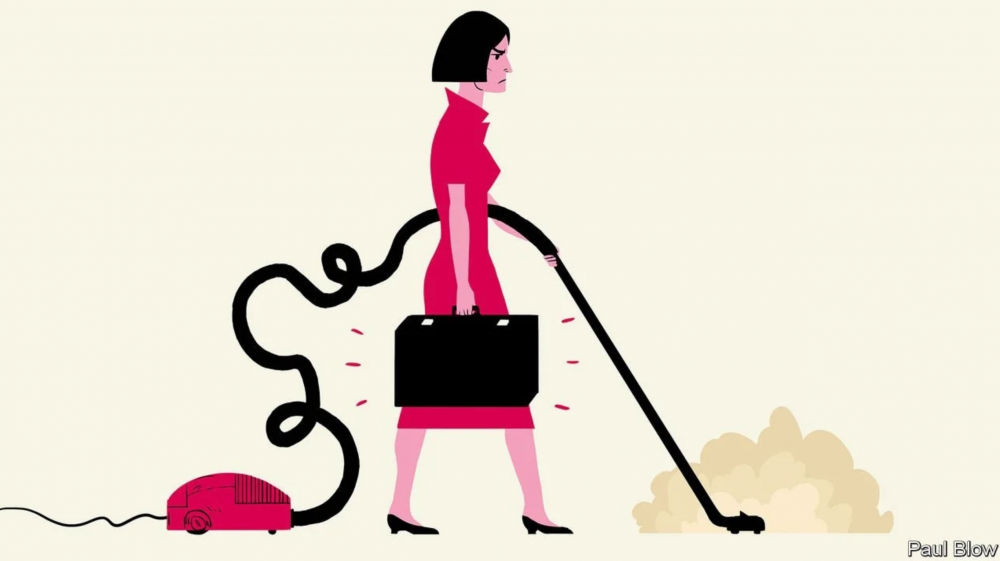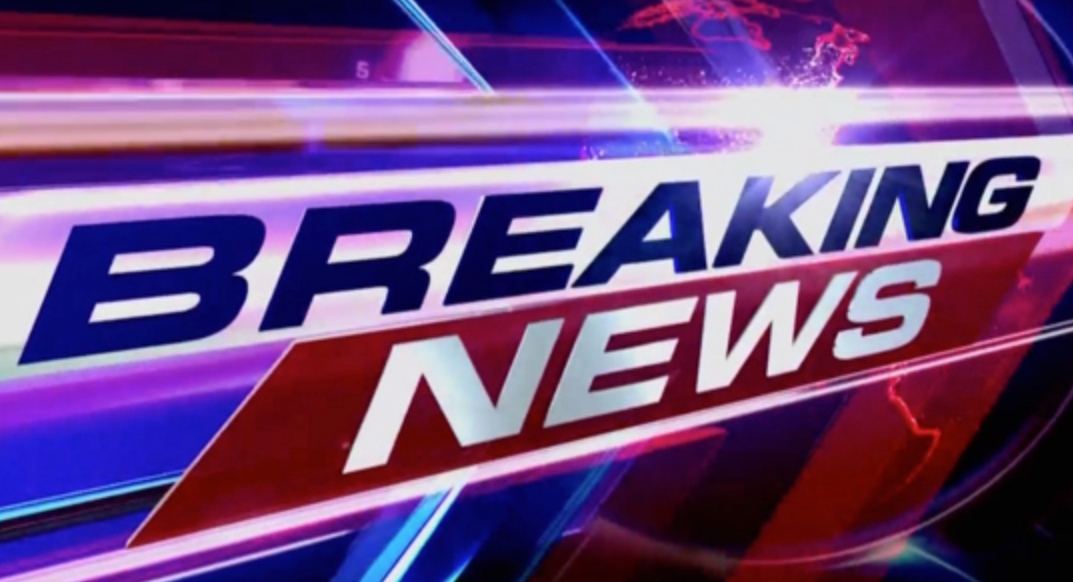
PALLAVI MURTHY – APRIL 26, 2022
EDITOR: LARRY LIN
In 2011, Borders Bookstores laid off 11,000 of its employees and shut down all its 400 stores. This was seen as a grim harbinger for bookstores across the country, of a hopeless battle against Amazon, whose retail power kept growing in size. Other brick and mortar stores feared they would be next to shut their doors for good as Amazon’s percent of retail sales kept rising. Bookstores, in particular, were vulnerable to the fast growing market for kindle and ebooks during this time. Amazon was able to undercut these bookstores because of their size, making their online store popular for book sales. In 2014, they held 64% of online print book sales and 67% of ebook sales, truly dominating the market for books. So when Amazon announced it was closing all their brick and mortar bookstores in early March of this year, people who were not paying attention to the publishing industry were understandably surprised.
Seen as a victory for the 4,100 independent bookstores around the United States, the shuttering of the Amazon bookstores seemed like a vindication of all that makes these book stores special and unique. During the beginning of Amazon’s control over the retail book market, independent bookstores suffered the most. The number of independent bookstores was at a historic high right before Amazon burst through the market. But just five years after the birth of Amazon, the numbers plummeted nearly a half. However, as You’ve Got Mail showed, this was also because of the rise of large corporations like Barnes and Nobles dominating the market in the ‘90s. Their dominance was only temporary, as they too felt the pressure from Amazon to shutter up and downsize. But in recent years these trends have reversed. The number of independent bookstores are resurging, with the number of stores jumping dramatically in 2020. So how has our reading culture changed so dramatically in the last decade that Amazon’s physical bookstore presence has collapsed?
The Amazon brick and mortar bookstores first launched in 2015, expanding through the United States and the United Kingdom. When the stores were first announced, people were surprised to see the killer of so many physical bookstores set up its own chain of brick and mortar stores. But there were many differences between the Amazon physical bookstores and your more traditional Barnes and Nobles or independent book sellers. These book stores offered high discounts through Amazon Prime membership and were stocked with Amazon e-reading devices.They made different stylistic choices as well, displaying books with the cover facing customers rather than the spine, limiting the selection of books that could be stocked in each store. Books were stocked based on ratings on popularity in their online shop, with sections devoted to books popular on the Kindle and those with high ratings on Goodreads. Ultimately, a computer made these choices, choosing what books to sell.
But these kinds of choices did not entice customers. Jia Tolentino, of the New Yorker, wrote that the book selection in the Amazon store was “assembled according to algorithm”. While Amazon boasts millions of books on its online platform, the physical bookstores selections proved to be limited and ill-organized. But the most incisive idea in her essay is that the store “is so clearly not intended for people who read regularly”. The New Republic ran an article calling the bookstores “evil”, “dumb”, and “bland”. Many criticized the apparent lack of sophistication and intellectualism in these stores. The groups that patronize independent bookstores and the groups that shopped at the Amazon bookstores seemed to overlap very little. People felt like it was an Apple store that happened to have books, a cold, sterile, and feelingless environment. A place to sell Amazon Echos and Kindles, rather than novels.
It might seem like a lot of money invested in these projects with not much profit. But short term profits weren’t Amazon’s goal. Rather, they were trying to create a relationship with the customer. If one buys a kindle, they will buy more ebooks in the future. If one buys an Echo, they will need a Prime subscription. One sale at a loss would lead to future sales, making these projects profitable in the long run for Amazon.
However, Amazon did not predict Kindle and ebook sales to decline so dramatically in recent years. In 2007, the Kindle exploded on the market, promising new ebooks priced at just less than ten dollars, virtually unheard of in the publishing industry. The difference between the price for the ebook and the physical book was not just the printing costs, since printing costs usually hover around two dollars. Physical books were often twice the price of an ebook, not just two dollars more, which meant that Amazon was undervaluing the cost of the book itself. But when Apple entered the ebook market with their iBooks, they sought to undermine Amazon’s monopoly over the ebook market by striking a deal with the five biggest publishers. The iBook model allowed publishers to decide the sale price for each book, at the minimum price of $14.99. Apple would receive 30% of each sale. But Apple would only put the books on the market if publishers promised that they were not selling the ebook at a cheaper price on any other platform. As a consequence, eBooks on Amazon jumped from $9.99 to $14.99. The Department of Justice viewed these maneuvers as conspiracy and collusion, suing these publishers and Apple in 2012. These publishers faced sanctions of more than $150 million. But once the sanctions expired after a couple of years, the model Apple proposed settled back into place, leaving Amazon with high ebook prices.
Ebooks on Amazon are sometimes more expensive than print books. The original incentive to buy books on the Kindle has worn off, leading to declining eBook and Kindle sales. EBooks sales currently make up only twenty percent of book sales, a sign that the ebook revolution never really came to fruition. Once thought to be the book of a new generation, baby boomers remain the main consumer of eBooks, since they can increase the print size on their devices. If Amazon’s physical bookstores served as a kind of advertisement for their ebooks market, the decline of eBook sales demonstrated that it was clearly failing its intended purpose. Overall, the Amazon bookstore was just a blip in Amazon’s physical stores presence. These bookstores contributed to only 3% of Amazon’s physical stores sales last quarter.
While Amazon bookstores have not been able to retain any kind of popularity, independent bookstores have done the opposite. Independent bookstores have been adjusting their business models, reacting to Amazon’s growing market power over print books. Many sell their books online, through the platform Bookshop, to rival Amazon’s monopoly over online print books sales. Many booksellers credit these online sites for keeping their stores afloat during the pandemic.
The fall of the Amazon bookstore demonstrates that independent bookstores have something that cannot be replicated by a big corporation like Amazon. They offer a sense of community and personal connection. If anything has shown from the recent boom in independent bookstores, book shopping in person is more than buying books. For many people, it is an experience. The smell, the atmosphere, the decor, all contribute to people choosing to patronize independent bookstores over cheaper options like Amazon. Bookstores offer author readings, book drives and other community events that a corporation like Amazon cannot. Booksellers can personally recommend books and form connections with their customers, rather than using statistics and ratings to form recommendations.
More than anything, shopping for books has become political. The internet is filled with essays from writers and readers on why people should shop at independent bookstores. They extoll the importance of supporting the local community and local authors. The selection at independent bookstores are thought to be more diverse and varied. Many book bloggers and communities write about how they cannot support Amazon’s power in the retail industry over publishers and authors. The importance of independent bookstores in these communities is so important that people are willing to forgo discounts and cheaper prices from Amazon. Shopping for books can be an event, with culture and ethics, not simply a transaction to be made online.
Amazon lost this battle, ceding the physical retail spaces to traditional bookstores. Amazon will do fine without it, as these stores were just a speck of dust in the grand scheme of their behemoth of a company. Small, independent bookstores are currently flourishing. But as we have seen these last couple of decades, market dominance is not permanent. As our reading culture continues to fluctuate , the battleground might change, meaning this is far from over.
Featured Image Source: Washington Post
Disclaimer: The views published in this journal are those of the individual authors or speakers and do not necessarily reflect the position or policy of Berkeley Economic Review staff, the Undergraduate Economics Association, the UC Berkeley Economics Department and faculty, or the University of California, Berkeley in general.



